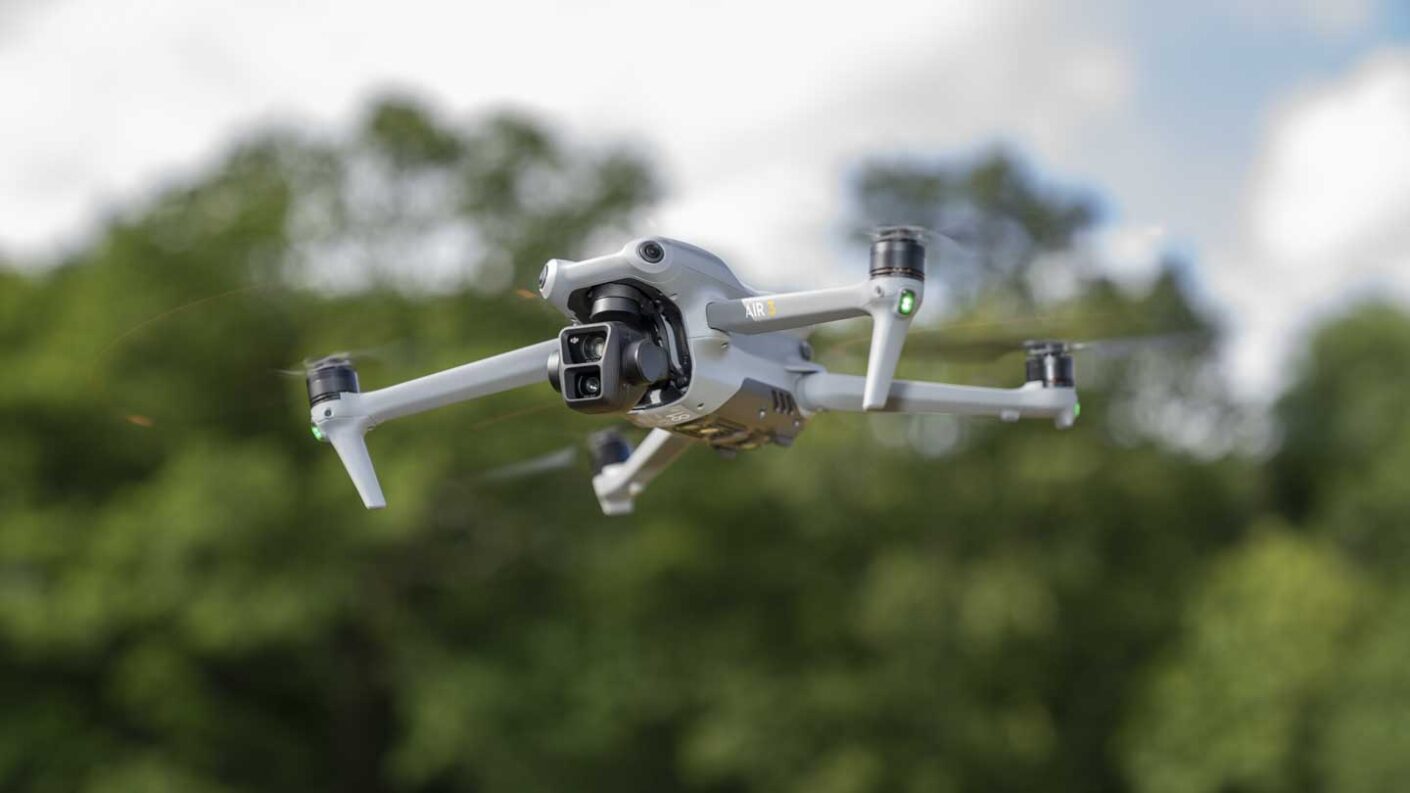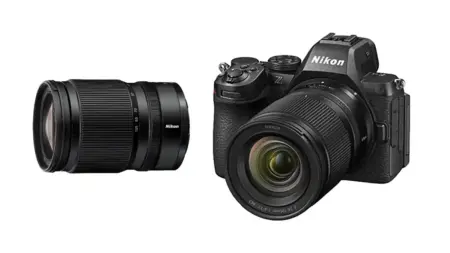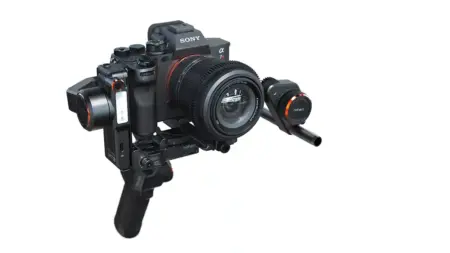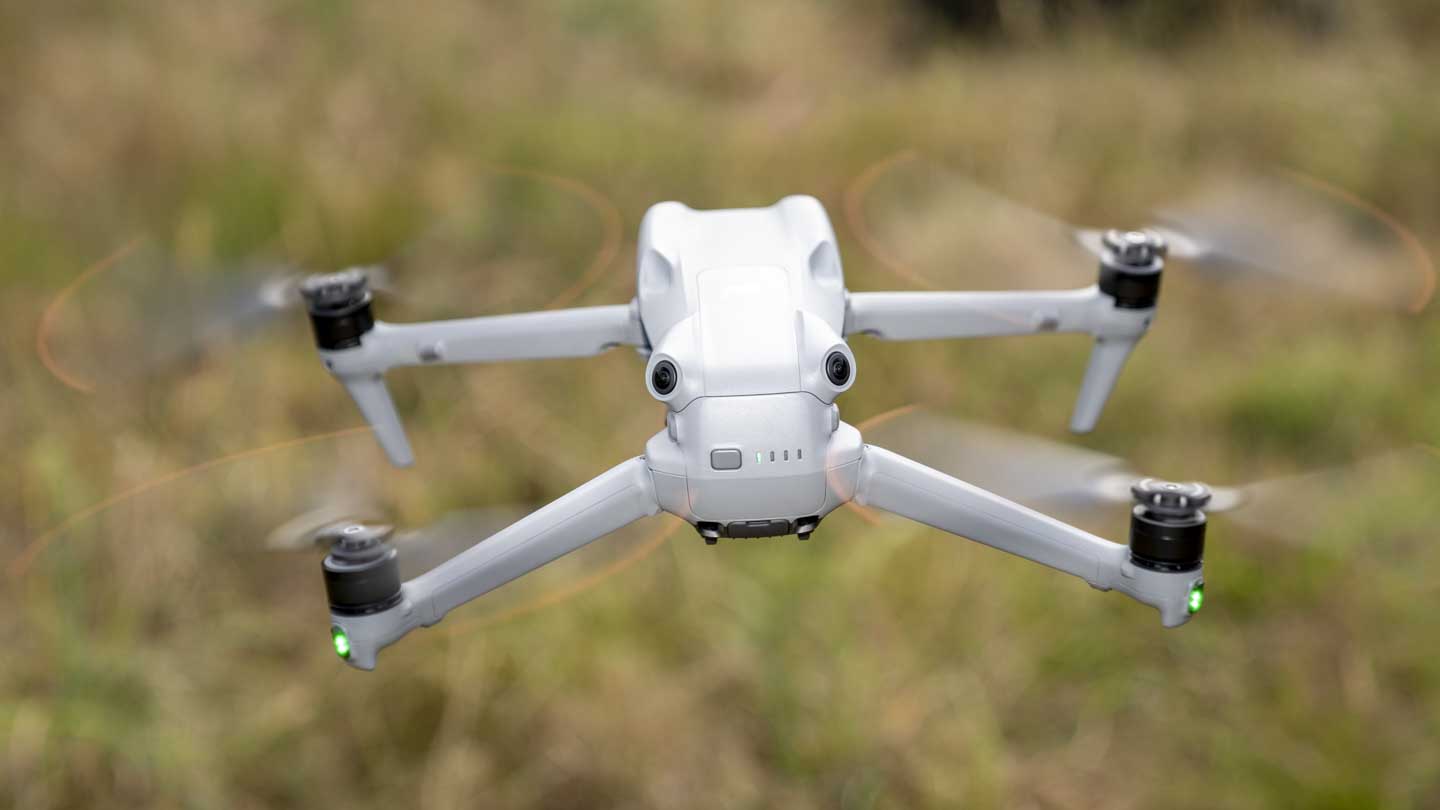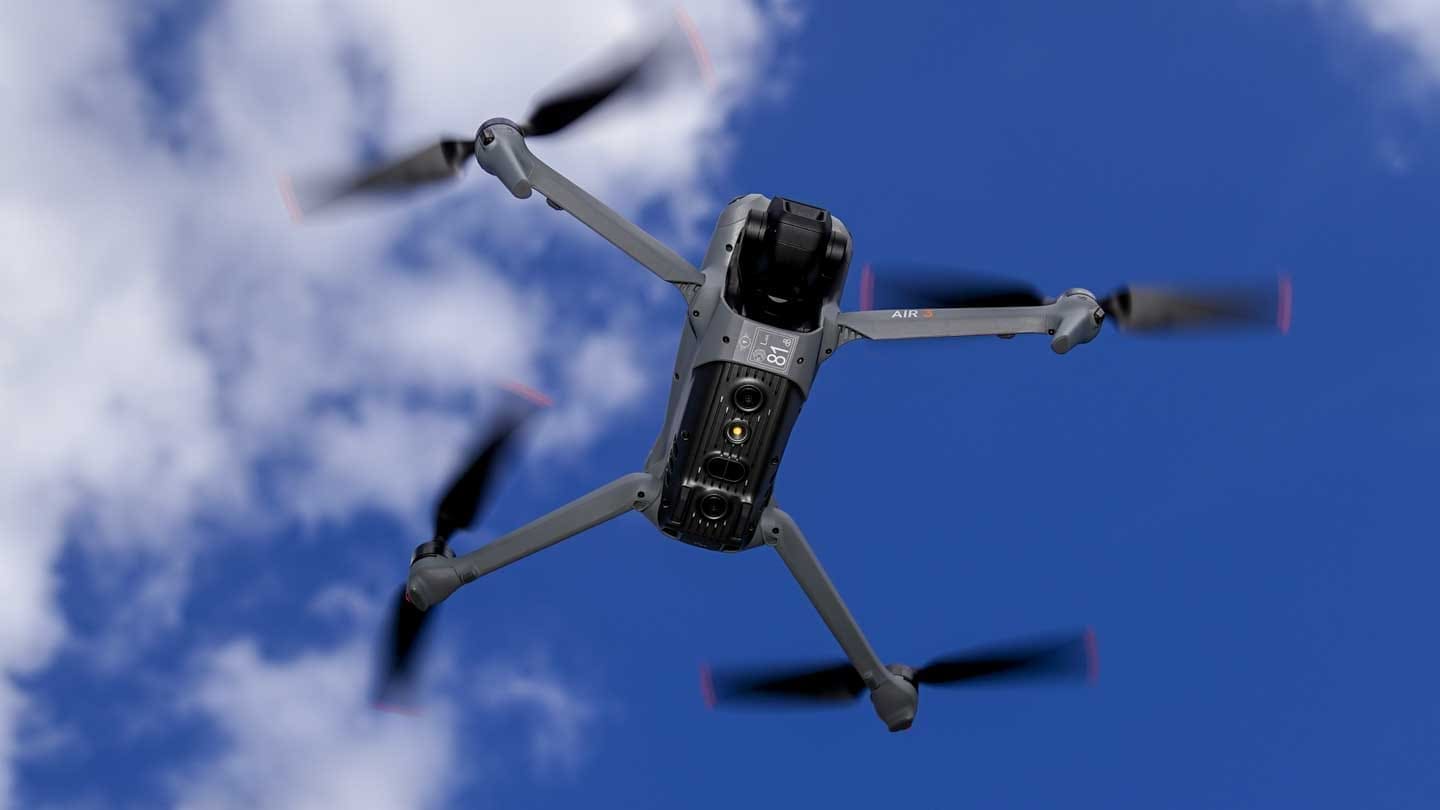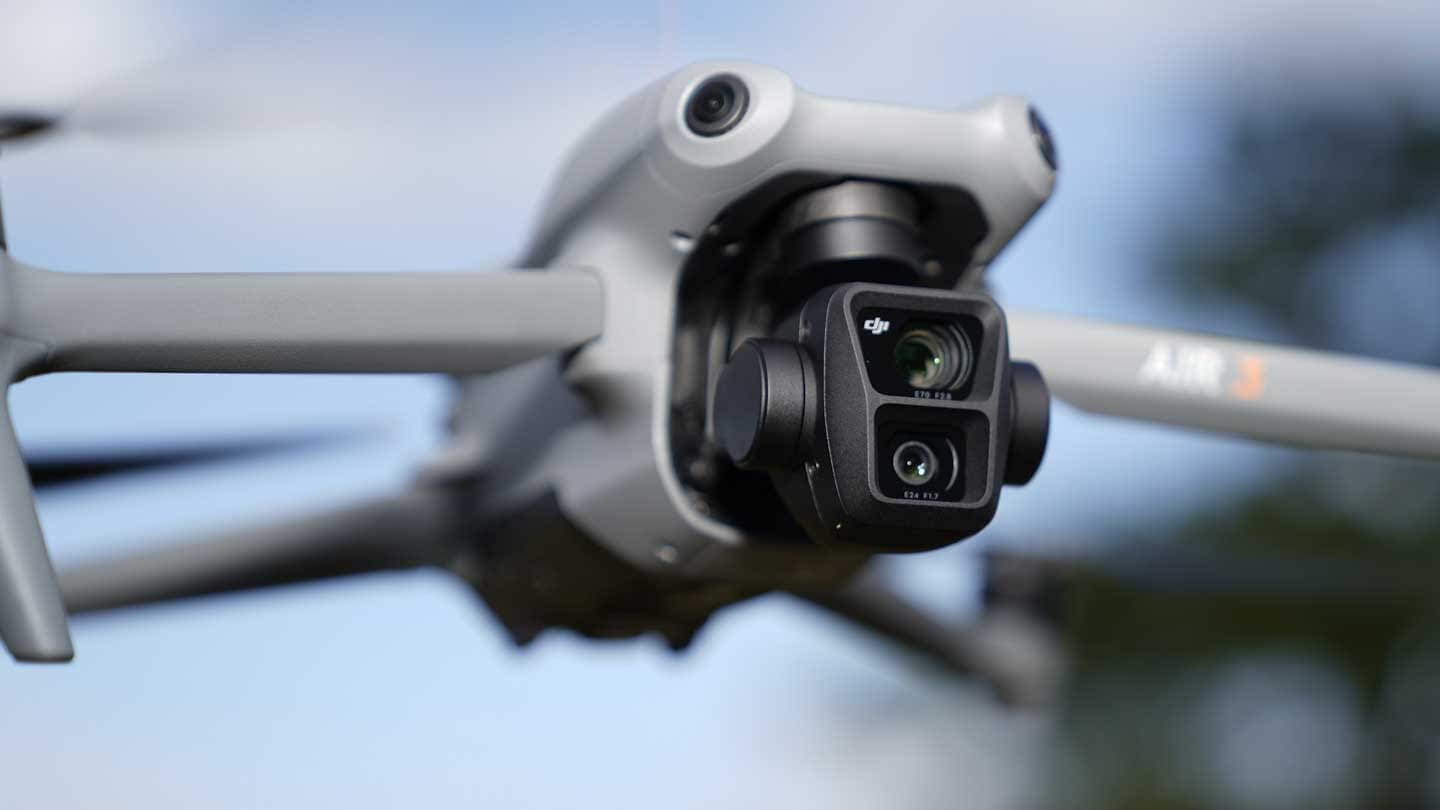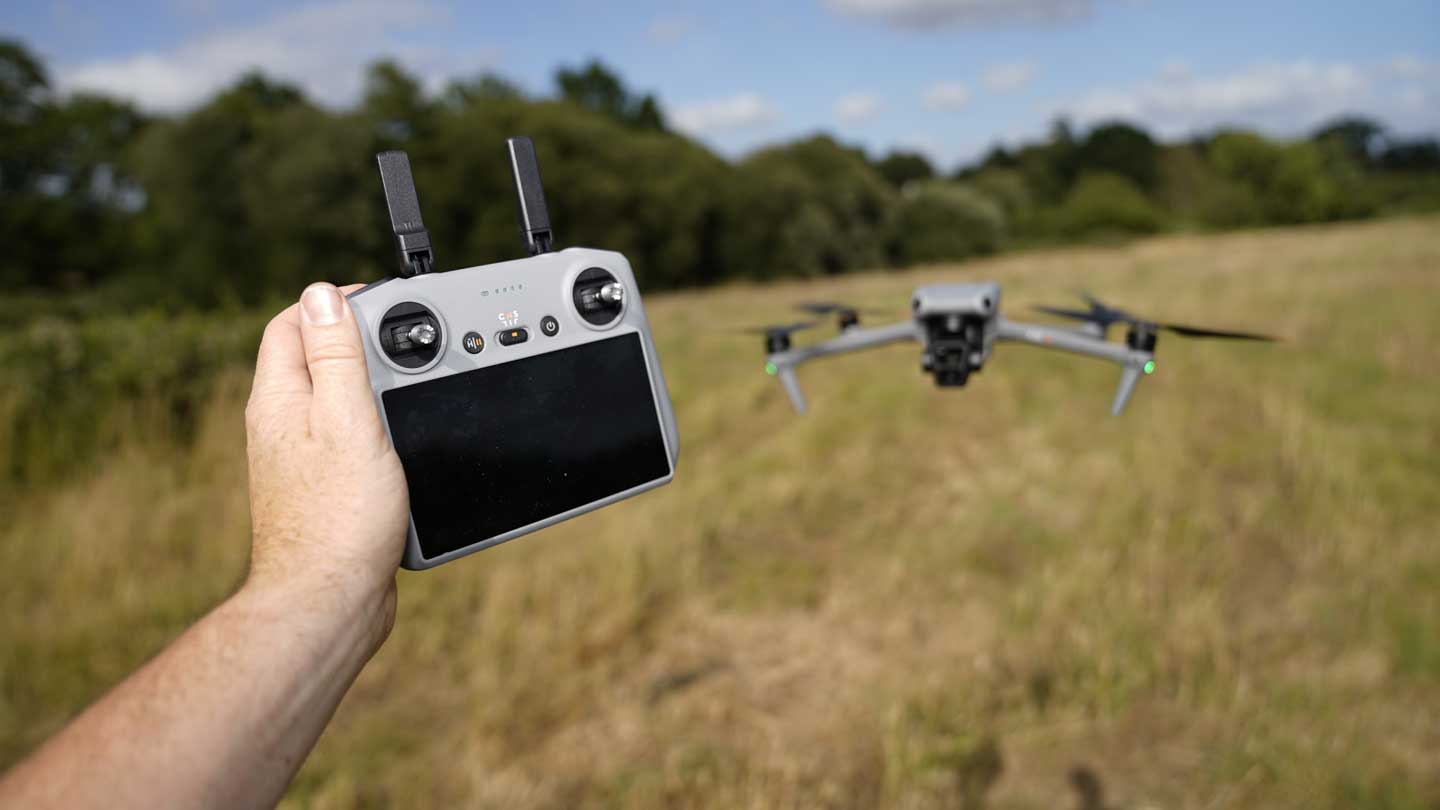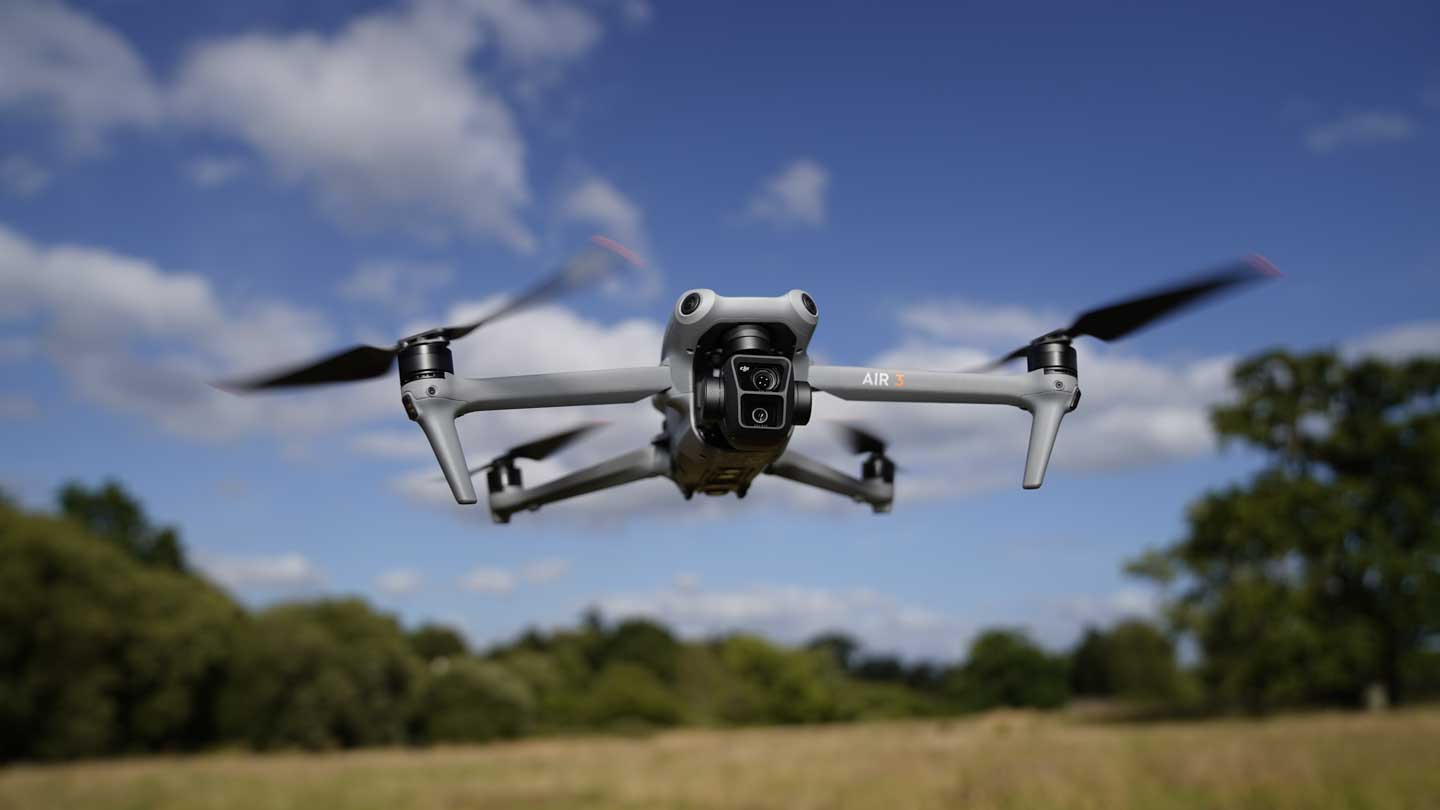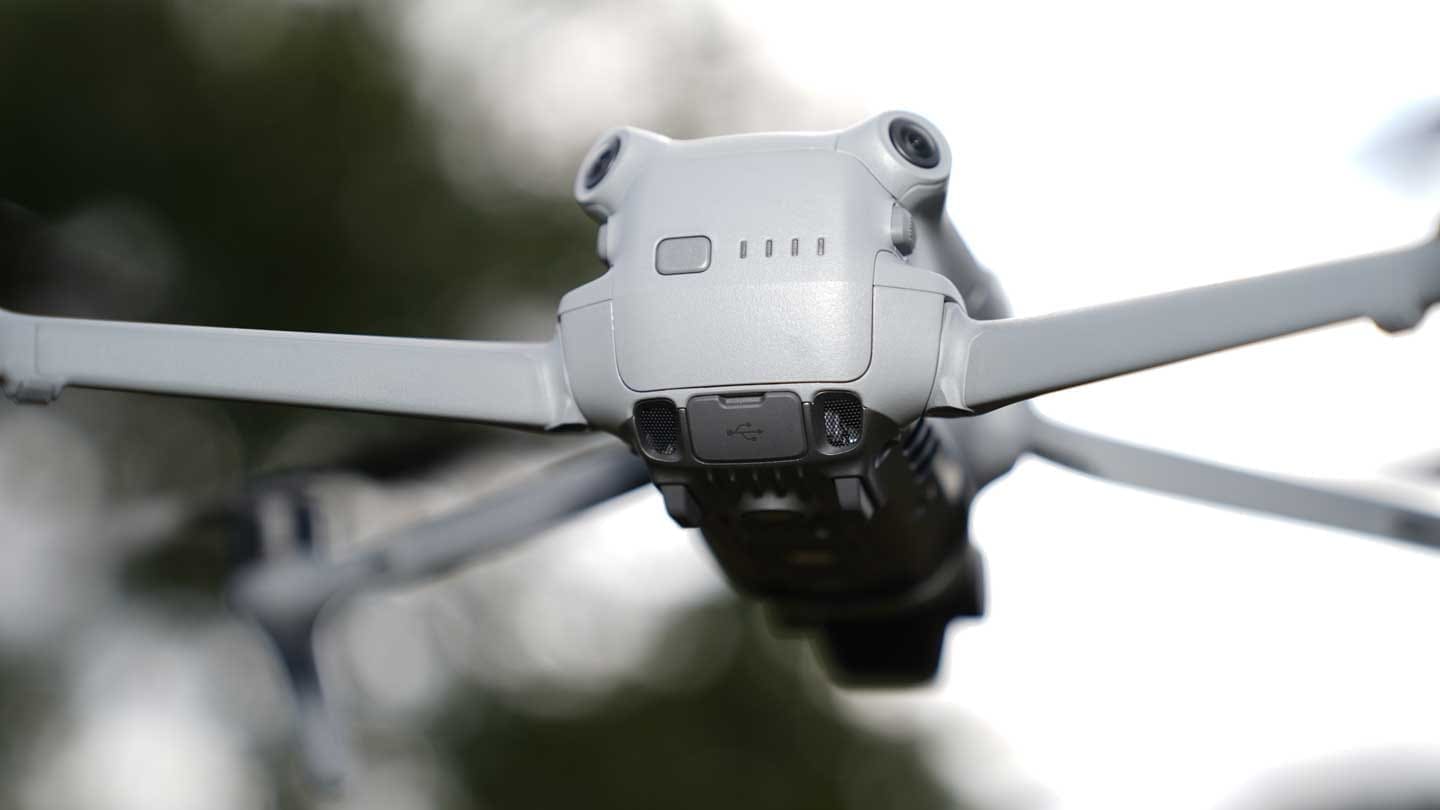Is the new drone from DJI the best yet and a vast improvement on the already excellent DJI Air 2s? I’ll find out in this DJI Air 3 review.
The DJI Air 3, is the newest model in DJI’s lineup of drones, and significantly boosts the features of the DJI Air 2s. Although aimed at imaging enthusiasts the Air 3 brings professional-grade features such as the camera into a more compact, form that’s easier and lighter to transport.
The most striking upgrade in the DJI Air 3 is the dual-camera system that supports 5.1K resolution and 10x hybrid zoom. This feature lets you capture stunning high-definition videos and photographs from varying distances and perspectives.
The Waypoint Flight mode is also a new feature to the Air range although has been seen on the Mavic drones for some time. Waypoints essentially enable you to create precise, pre-planned flight paths, with the Mavic, Phantom and Inspire this feature is essential for commercial work so it’s great to see it appear on this cheaper drone.
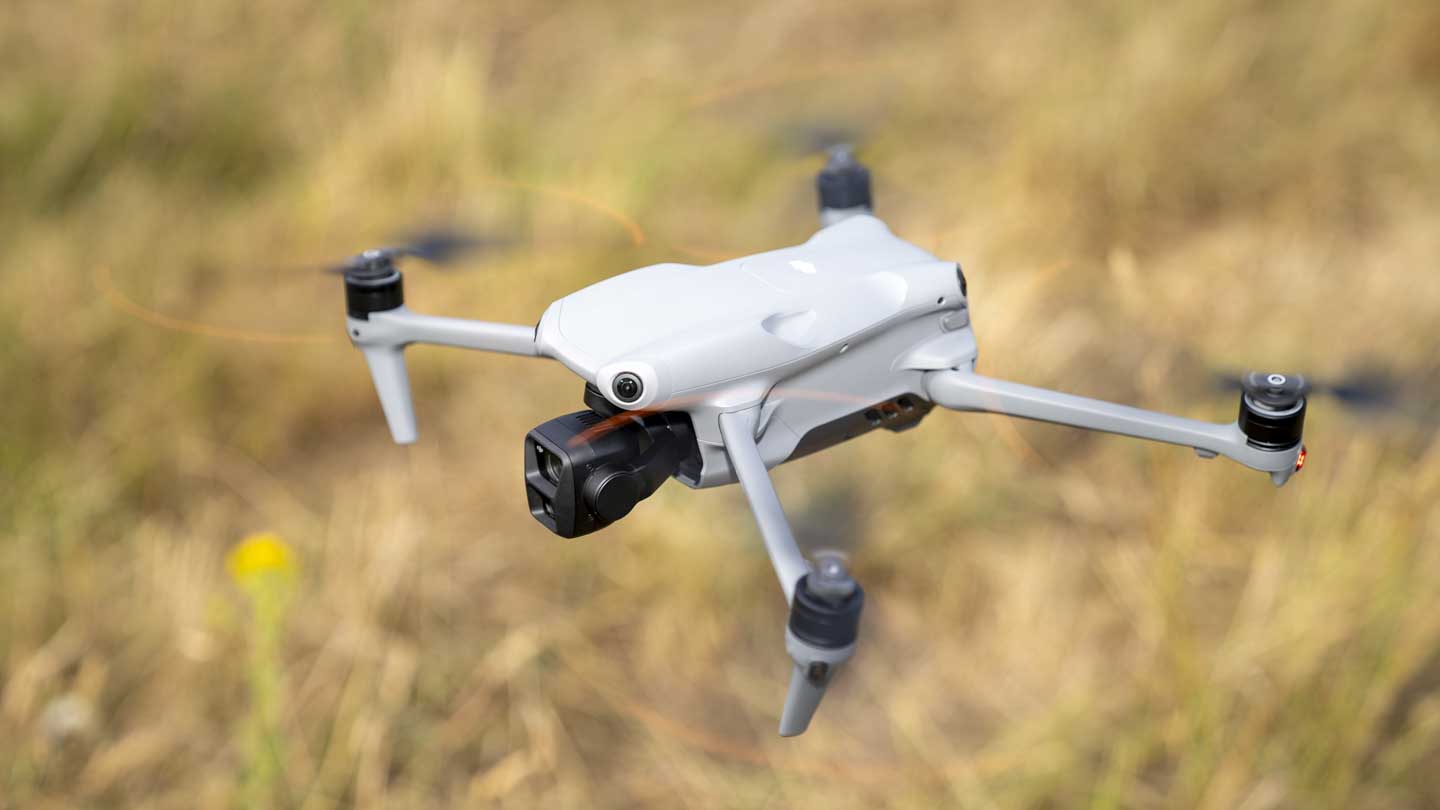
A new feature that I haven’t seen before is the battery charging hub’s power accumulation function. This enables you to use partially depleted batteries to transfer their remaining power to a single battery. This ingenious means that if you’ve had you’re flight time with the three batteries in the Combo kit and run each down to 25%, you can then place all into the hub, and the hub will then intelligently transfer charge from two of the batteries to the one remaining.
The DJI Air 3 also introduces several new creative tools, such as the LightCut automatic editing feature and Tilt-Shift Effect, giving you more versatility and control over footage.

